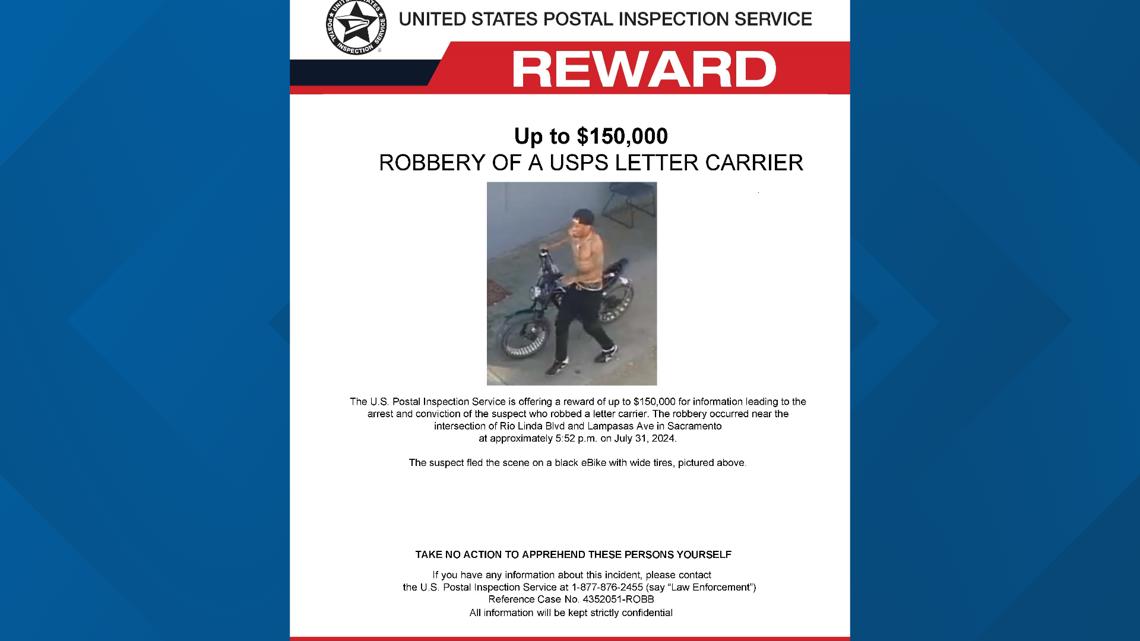Did You Know That the train route from San Francisco to New York is one of the longest and most scenic in the United States, crossing a wide range of landscapes and regions? The service is operated by Amtrak, but there is no direct train, usually requiring a transfer in Chicago. Here's a summary of the route:
Departure: San Francisco, California (Emeryville Station)
The journey typically begins at Emeryville Station, as there is no Amtrak station in San Francisco itself. However, there is a connecting bus service from downtown San Francisco.
Train: California Zephyr
From Emeryville, passengers board the California Zephyr, one of Amtrak’s most iconic routes. This train travels through the heart of the United States, passing stunning landscapes like the Rocky Mountains and the Sierra Nevada.
Key destinations: Sacramento, Reno, Salt Lake City, Denver, Omaha.
Travel time: Approximately 51-52 hours from Emeryville to Chicago.
Transfer in Chicago
At Chicago Union Station, passengers need to switch trains. The train that typically continues to New York is the Lake Shore Limited.
Train: Lake Shore Limited
This train follows the route along Lake Michigan and the Hudson River before reaching New York.
Key destinations: Toledo, Cleveland, Buffalo, Albany.
Travel time: Approximately 20 hours from Chicago to New York.
Arrival: New York (Penn Station)
The journey ends at Penn Station in New York, located in the heart of Manhattan.
Total travel time:
Approximately 70 to 75 hours (depending on layover and transfer times in Chicago).
https://www.facebook.com/share/p/TbUMbnjQsXZzuauh/
#DidYouKnow #didyouknowthat #factsyoudidntknowDid You Know That the train route from San Francisco to New York is one of the longest and most scenic in the United States, crossing a wide range of landscapes and regions? The service is operated by Amtrak, but there is no direct train, usually requiring a transfer in Chicago. Here's a summary of the route:
Departure: San Francisco, California (Emeryville Station)
The journey typically begins at Emeryville Station, as there is no Amtrak station in San Francisco itself. However, there is a connecting bus service from downtown San Francisco.
Train: California Zephyr
From Emeryville, passengers board the California Zephyr, one of Amtrak’s most iconic routes. This train travels through the heart of the United States, passing stunning landscapes like the Rocky Mountains and the Sierra Nevada.
Key destinations: Sacramento, Reno, Salt Lake City, Denver, Omaha.
Travel time: Approximately 51-52 hours from Emeryville to Chicago.
Transfer in Chicago
At Chicago Union Station, passengers need to switch trains. The train that typically continues to New York is the Lake Shore Limited.
Train: Lake Shore Limited
This train follows the route along Lake Michigan and the Hudson River before reaching New York.
Key destinations: Toledo, Cleveland, Buffalo, Albany.
Travel time: Approximately 20 hours from Chicago to New York.
Arrival: New York (Penn Station)
The journey ends at Penn Station in New York, located in the heart of Manhattan.
Total travel time:
Approximately 70 to 75 hours (depending on layover and transfer times in Chicago).
https://www.facebook.com/share/p/TbUMbnjQsXZzuauh/
#DidYouKnow #didyouknowthat #factsyoudidntknow










